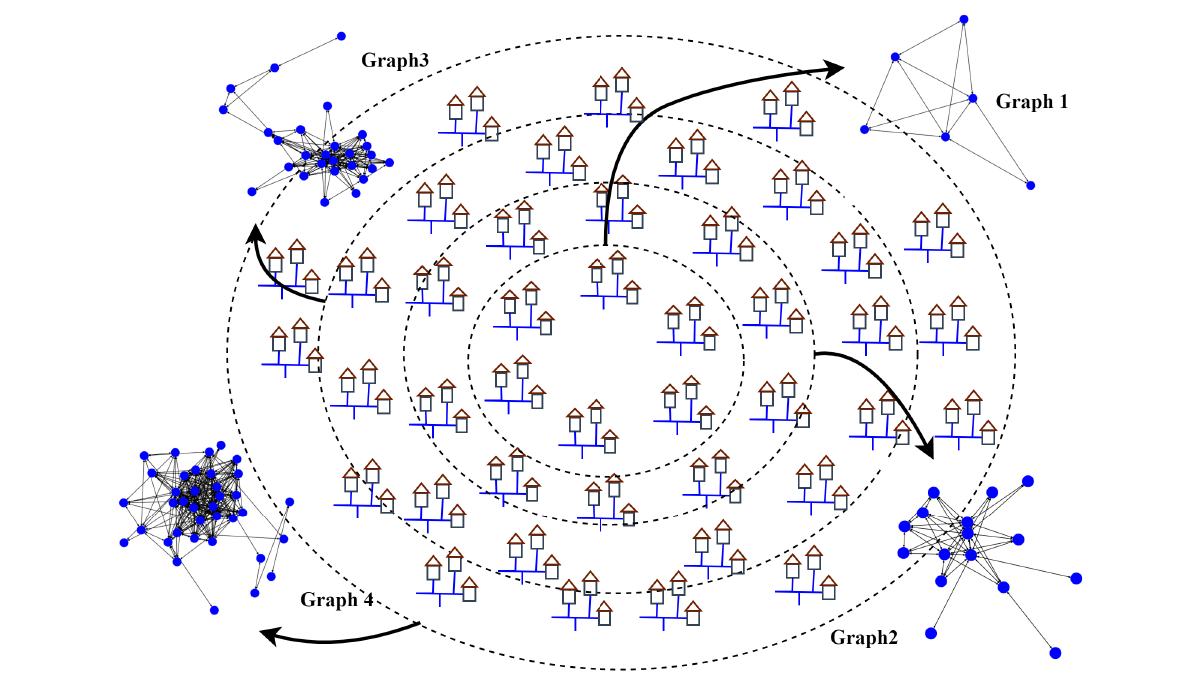Editors’ Highlights are summaries of recent papers by AGU’s journal editors.
Source: Water Resources Research
Predictions of water use in urban water systems is crucial for reliable water supplies and sustainable management of water resources. The availability of low-cost sensors has the potential to provide much more precise information on water use, but we need to make sense of the information that sensors are providing.
Zanfei et al. [2022] developed a new artificial intelligence methodology for predicting water use. The machine learning extracts information from hundreds of sensors from demand metering areas and links them together to provide better predictions at every location and through time. The system is able to cope with sensors that malfunction, so the tool will be of great interest to water utilities who have to cope with faulty sensors quite frequently.
Citation: Zanfei, A., Brentan, B. M., Menapace, A., Righetti, M., & Herrera, M. (2022). Graph convolutional recurrent neural networks for water demand forecasting. Water Resources Research, 58, e2022WR032299. https://doi.org/10.1029/2022WR032299
—Jim Hall, Editor, Water Resources Research

